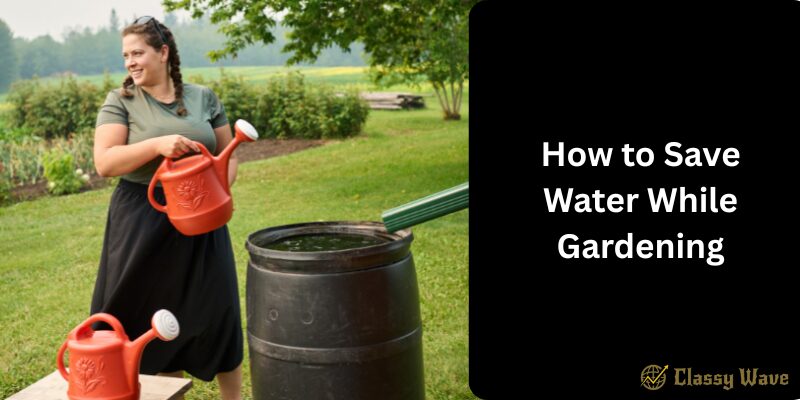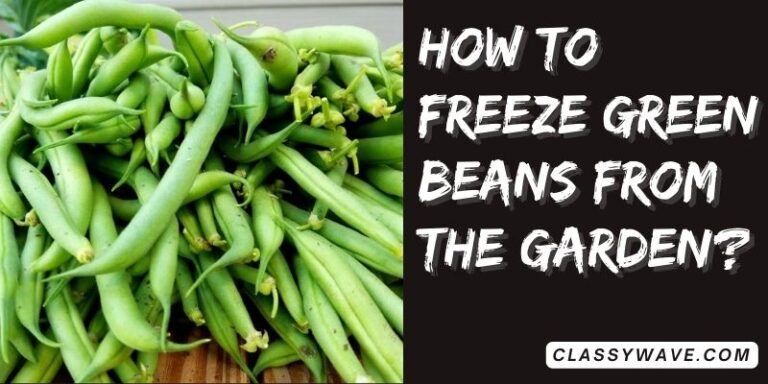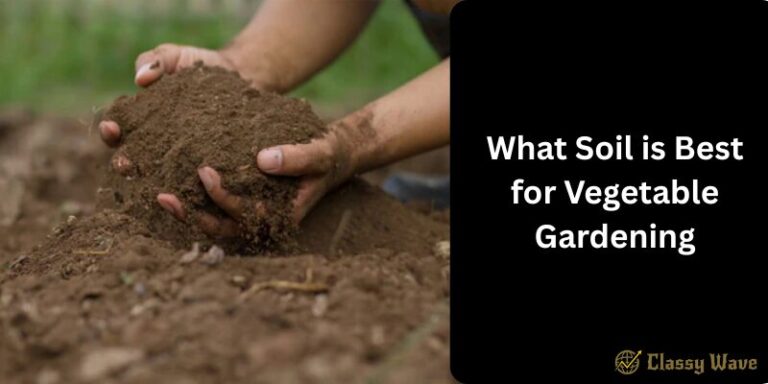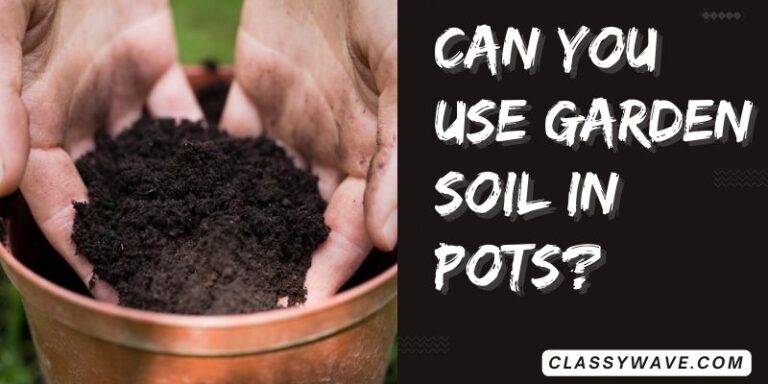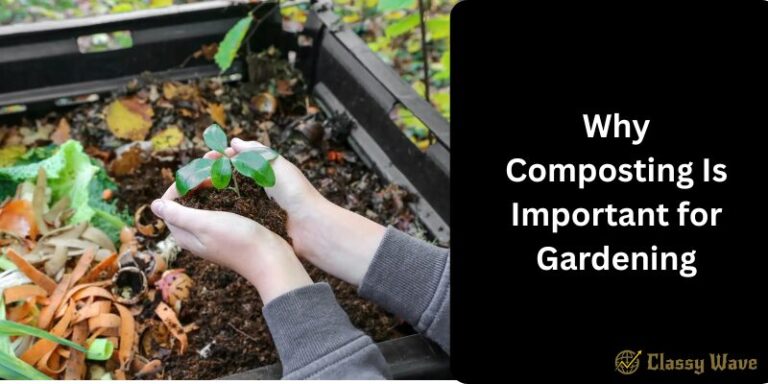How to Save Water While Gardening | Classy Wave
Water is one of the most precious natural resources on Earth, and gardeners play a big role in conserving it. Whether you have a small home garden or a large yard, learning how to save water while gardening helps the planet, saves money, and keeps your plants healthy. Smart watering techniques can make your garden thrive even with less water.
Understand Your Garden’s Water Needs
Not all plants need the same amount of water. Some plants love moisture, while others prefer drier conditions. Start by observing how your soil retains water and how quickly it dries. Group plants with similar water requirements together — this way, you can water more efficiently and avoid waste.
Choose Drought-Tolerant Plants
Opt for plants that can survive with less water. Drought-tolerant varieties like lavender, rosemary, succulents, and ornamental grasses are perfect choices. Native plants are also an excellent option since they’re already adapted to local climate conditions and need minimal watering.
Use Mulch to Retain Moisture
Mulching is one of the simplest and most effective ways to save water. A 2–3 inch layer of organic mulch (like straw, wood chips, or leaves) around your plants helps:
- Reduce evaporation
- Keep soil cool
- Suppress weeds that compete for water
Plus, as mulch breaks down, it enriches the soil with nutrients.
Water Early in the Morning or Late in the Evening
Timing matters! Watering during the hottest part of the day leads to quick evaporation. The best times to water are early in the morning or late in the evening, when the temperature is cooler and the soil can absorb moisture more effectively.
Use Drip Irrigation or Soaker Hoses
Instead of watering with a hose or sprinkler that wastes water, use a drip irrigation system or soaker hoses. These deliver water directly to the plant roots slowly and steadily, reducing runoff and evaporation. It’s an efficient method that ensures every drop counts.
Collect Rainwater
Why let free water go to waste? Set up rain barrels to collect water from your roof gutters. You can then use this stored water for your garden, especially during dry spells. Rainwater is naturally soft and chemical-free — perfect for plants!
Recycle Household Water (Greywater)
If local regulations allow it, reuse greywater from baths, showers, or washing machines to water your garden. Just make sure to avoid using water with harsh detergents or chemicals that can harm plants.
Pro tip: Collect water used for rinsing fruits and vegetables — your plants will love it!
Improve Soil Quality
Healthy soil holds water better. Mix compost and organic matter into your soil to increase its ability to retain moisture. Sandy soils drain too fast, while clay soils hold too much — compost balances both by improving structure and water-holding capacity.
Avoid Overwatering
Overwatering is one of the biggest mistakes gardeners make. It not only wastes water but can also harm your plants by suffocating their roots. To check if your plants need water, simply stick your finger about an inch into the soil. If it feels dry, it’s time to water.
Group Plants with Similar Water Needs
Design your garden so that plants with similar water needs are placed together. This practice, known as hydrozoning, helps ensure efficient watering. For instance, place water-loving plants together in one area and drought-tolerant ones in another.
Use Shade and Windbreaks
Too much sun and wind can dry out the soil quickly. Planting shade trees or installing garden screens can reduce evaporation. You can also use shade cloths for delicate plants that can’t handle intense heat.
Install a Moisture Meter
A soil moisture meter is a handy tool that tells you when your plants actually need water. This prevents guesswork and ensures that you water only when necessary, conserving both water and energy.
Maintain Your Irrigation System
Regularly check your hoses, sprinklers, and drip systems for leaks or clogs. Even a small leak can waste gallons of water over time. Keeping your system in good condition ensures efficient watering and prevents unnecessary waste.
Add Ground Cover Plants
Ground cover plants like creeping thyme, moss, or clover not only look beautiful but also help retain soil moisture by providing shade to the soil surface. They reduce evaporation and protect the soil from heat.
Conclusion
Saving water while gardening doesn’t mean sacrificing the beauty or health of your plants. With the right techniques — like using mulch, choosing the right plants, and watering wisely — you can create a thriving, sustainable garden that conserves water and supports the environment. Remember, every drop saved counts toward a greener future!

